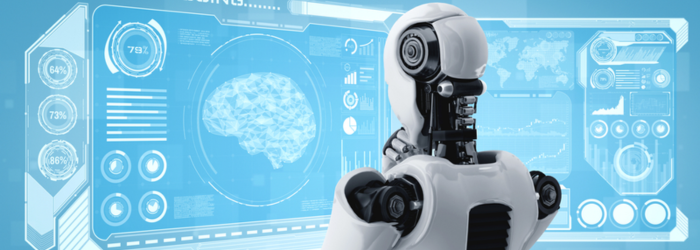Robotics, the interdisciplinary field of engineering and science, has captivated imaginations and transformed industries. From manufacturing and healthcare to exploration and entertainment, robotic systems have become integral to various aspects of our lives. If you’re new to the world of robotics, this beginner’s guide will introduce you to the fundamental concepts and components that constitute robotic systems.
1. Defining Robotics:
Robotics is the branch of technology that deals with the design, construction, operation, and use of robots. A robot is a programmable machine capable of carrying out tasks autonomously or semi-autonomously.
2. Components of a Robot:
A typical robot comprises several key components, including:
- Actuators: Motors or mechanisms that drive movement.
- Sensors: Devices that gather information from the environment.
- Controller: The “brain” of the robot that processes information and executes commands.
- End Effector: The tool or device at the robot’s extremity that interacts with the environment.
3. Types of Robots:
Robots come in various forms, each designed for specific applications. Common types include:
- Industrial Robots: Used in manufacturing for tasks like welding, assembly, and material handling.
- Service Robots: Assist or replace humans in tasks such as cleaning, delivery, and healthcare.
- Medical Robots: Used in surgeries, rehabilitation, and diagnostics.
- Autonomous Vehicles: Robots designed for transportation, such as self-driving cars and drones.
4. Degrees of Freedom:
Degrees of freedom (DOF) refer to the number of independent movements a robot can make. A robot with more DOF can perform more complex tasks. For example, a human arm has seven DOF.
5. Programming Robots:
Robots can be programmed using various methods, including:
- Manual Programming: Directly teaching the robot by moving it through the desired motions.
- Offline Programming: Writing code on a computer, which is then transferred to the robot.
- Simulation: Testing and refining programs in a virtual environment before deploying them to the physical robot.
6. Sensor Technologies:
Sensors are critical for a robot to perceive its environment. Common sensors include:
- Cameras: Capture visual information.
- LiDAR: Uses laser light to measure distances.
- Inertial Measurement Units (IMUs): Detect orientation and acceleration.
- Force/Torque Sensors: Measure forces and torques applied to the robot.
7. Robotics and AI:
Artificial Intelligence (AI) plays a significant role in robotics. Machine learning algorithms enable robots to adapt, learn from experience, and make decisions based on data.
8. Challenges in Robotics:
Despite advancements, robotics faces challenges such as:
- Sensory Limitations: Robots may struggle in complex or unpredictable environments.
- Safety Concerns: Ensuring robots operate safely alongside humans.
- Cost: High initial costs can be a barrier to widespread adoption.
9. Applications of Robotics:
Robotics finds applications in various industries, including:
- Manufacturing: Assembly lines and industrial automation.
- Healthcare: Surgical robots, rehabilitation devices, and prosthetics.
- Space Exploration: Robotic rovers and probes.
- Entertainment: Animatronics and robotic toys.
10. Ethical Considerations:
As robotics becomes more prevalent, ethical considerations arise. Issues include privacy concerns, job displacement, and the ethical use of AI in robotic decision-making.
11. Future Trends in Robotics:
The future of robotics holds exciting possibilities, including advancements in soft robotics, swarm robotics, and the integration of robots into everyday life.
Embarking on the journey into robotics opens up a world of innovation and technological marvels. Whether you’re fascinated by the precision of industrial robots, the potential of healthcare robotics, or the agility of autonomous vehicles, understanding the basics lays the foundation for deeper exploration in this dynamic field. As technology continues to evolve, so too will the capabilities and applications of robotic systems, shaping the future of robotics and its impact on society.





